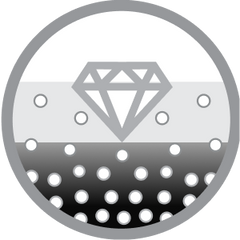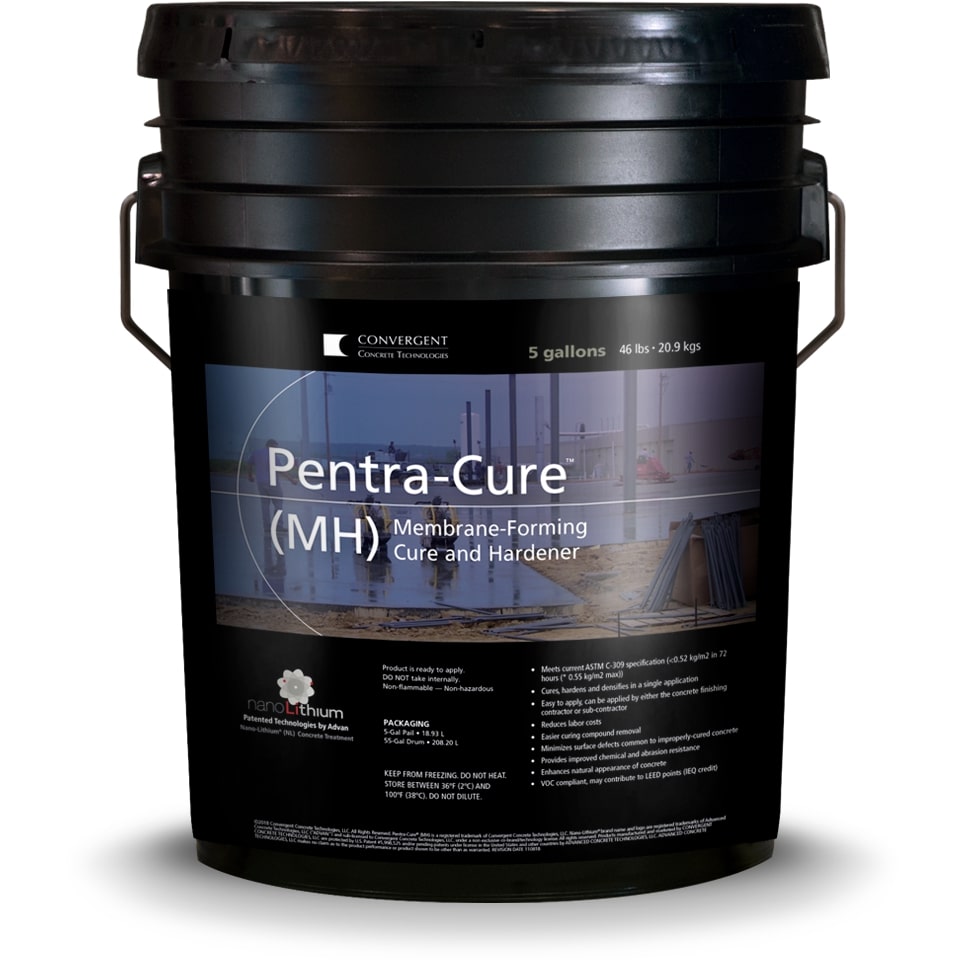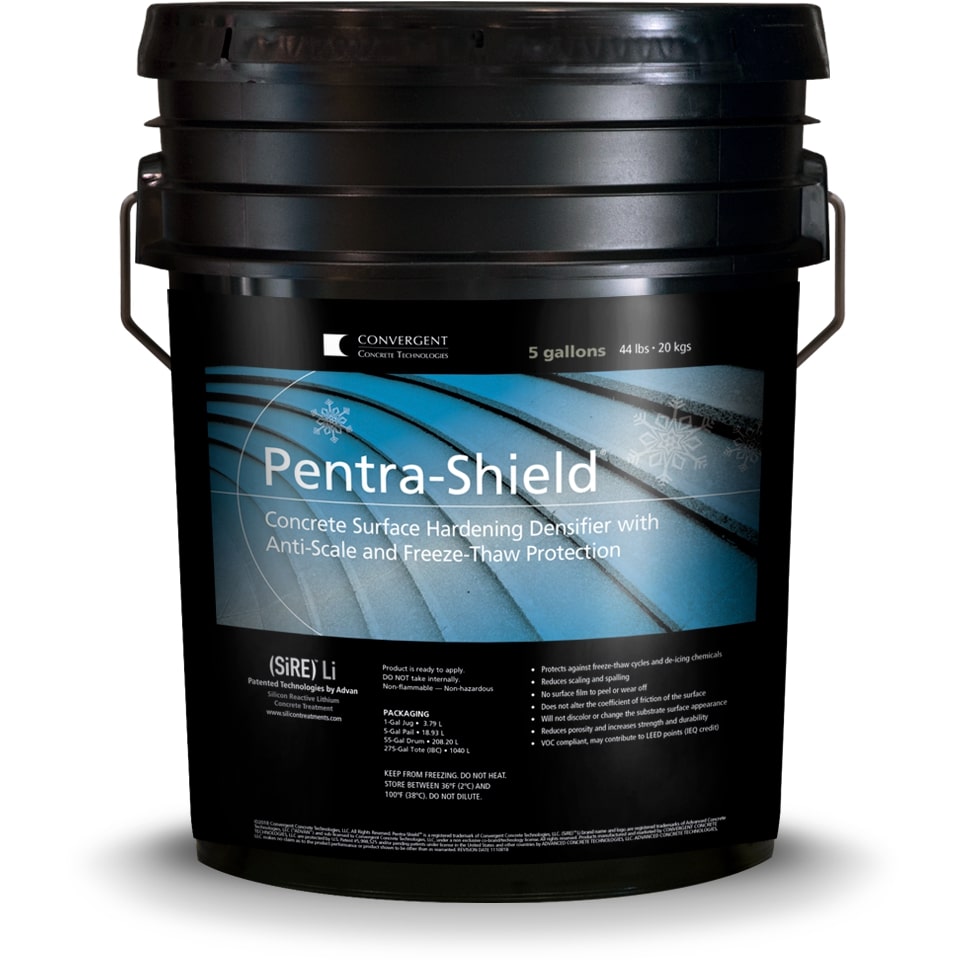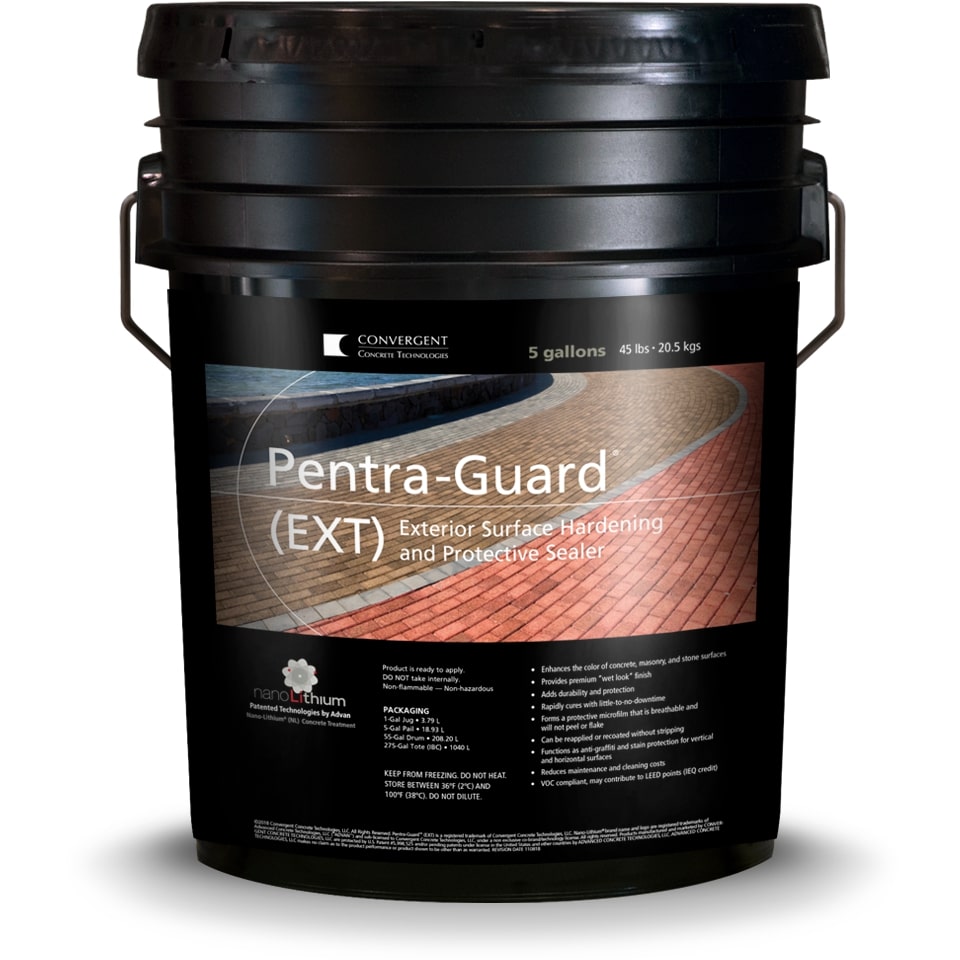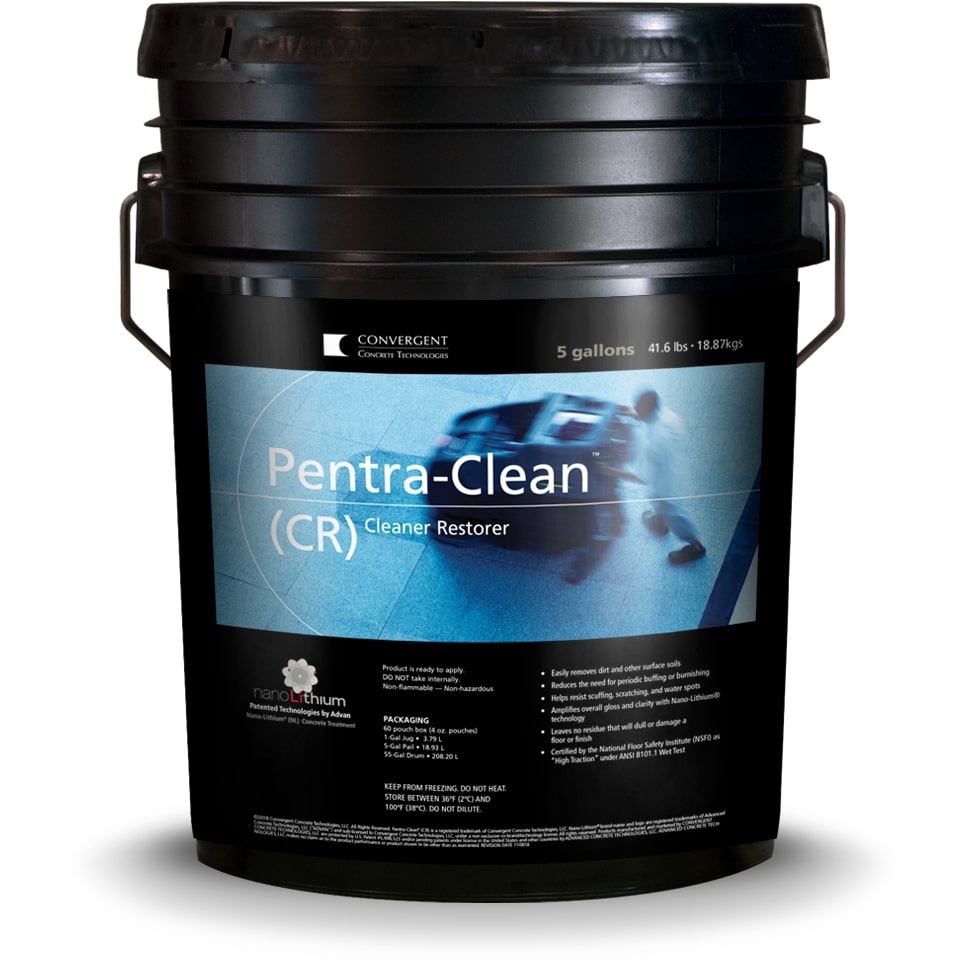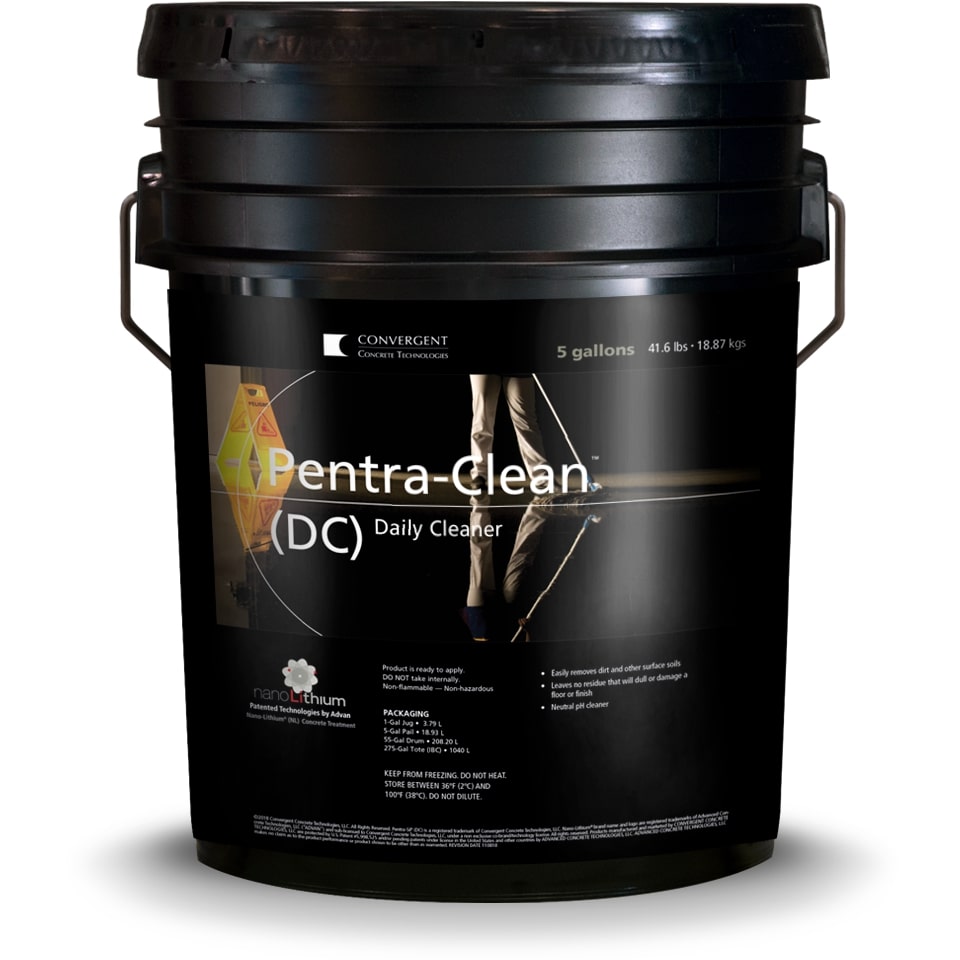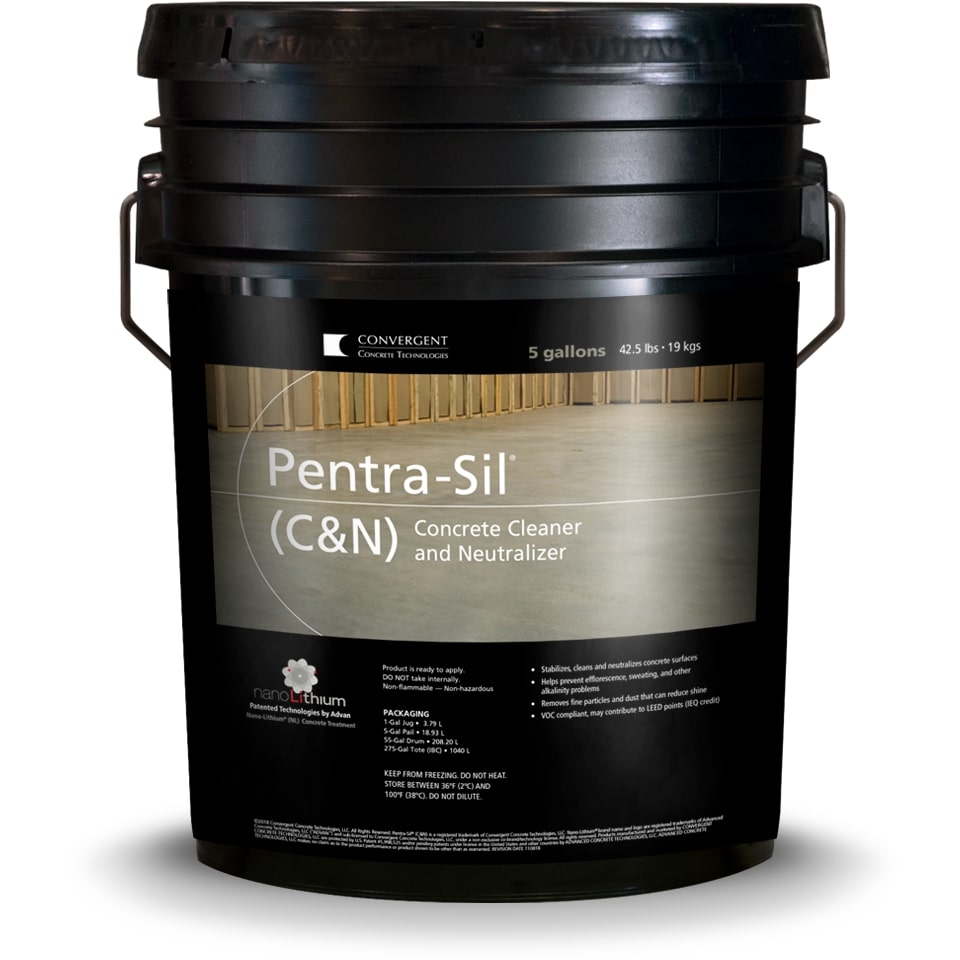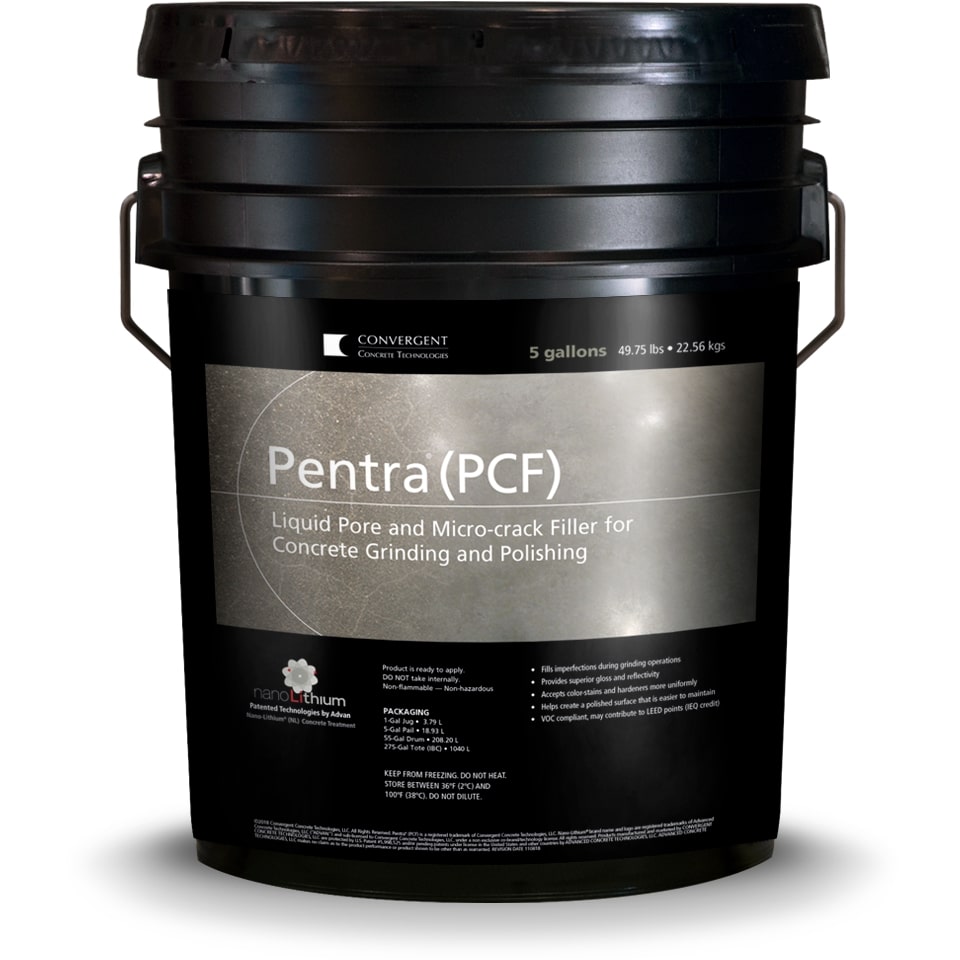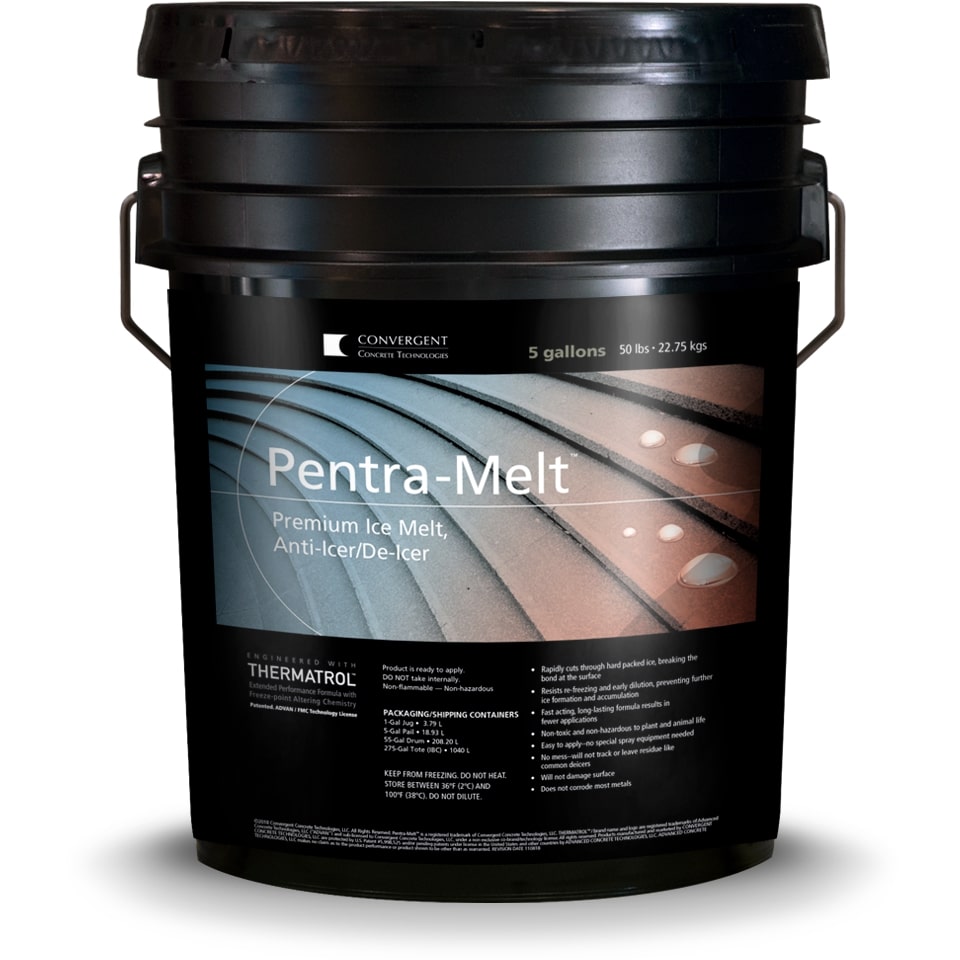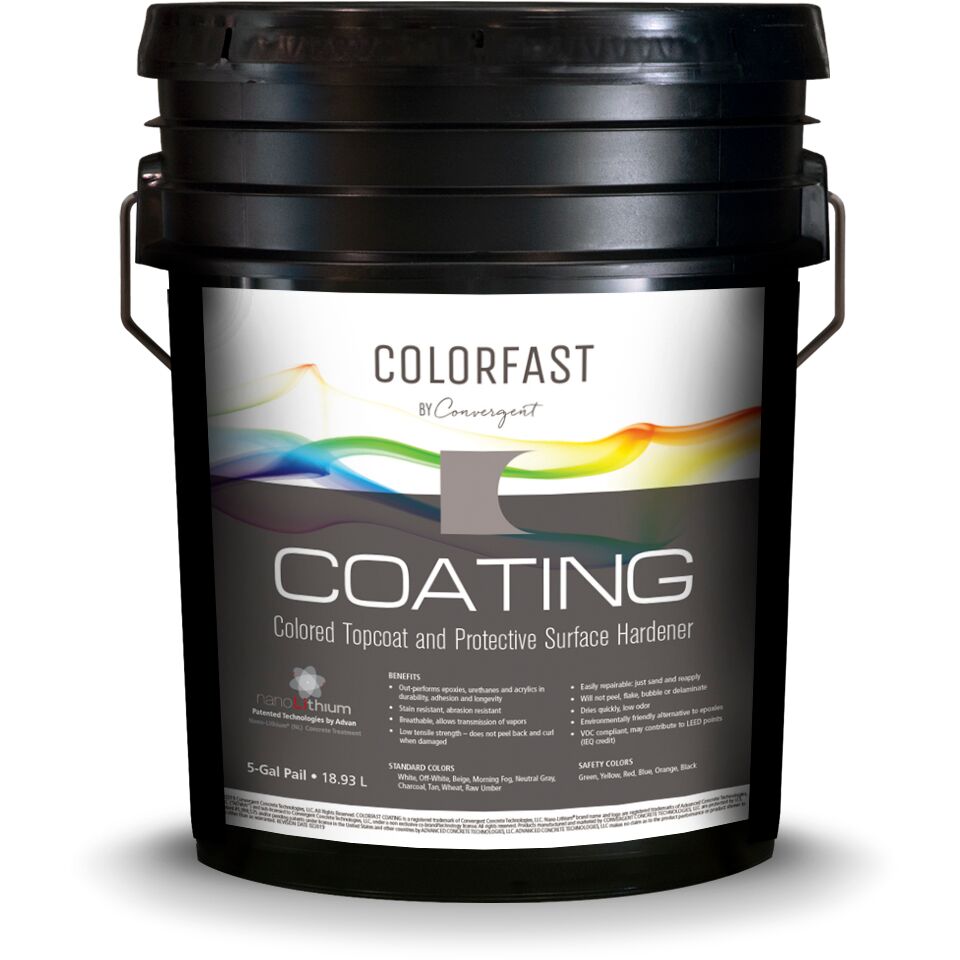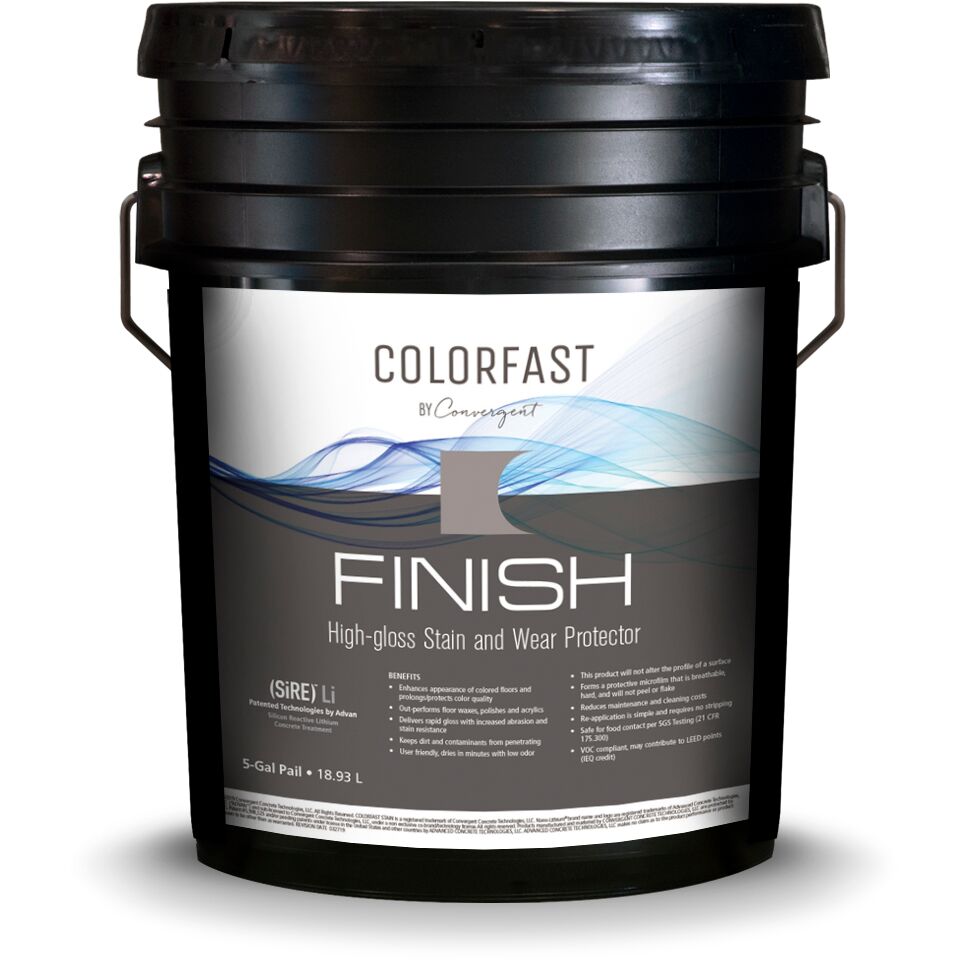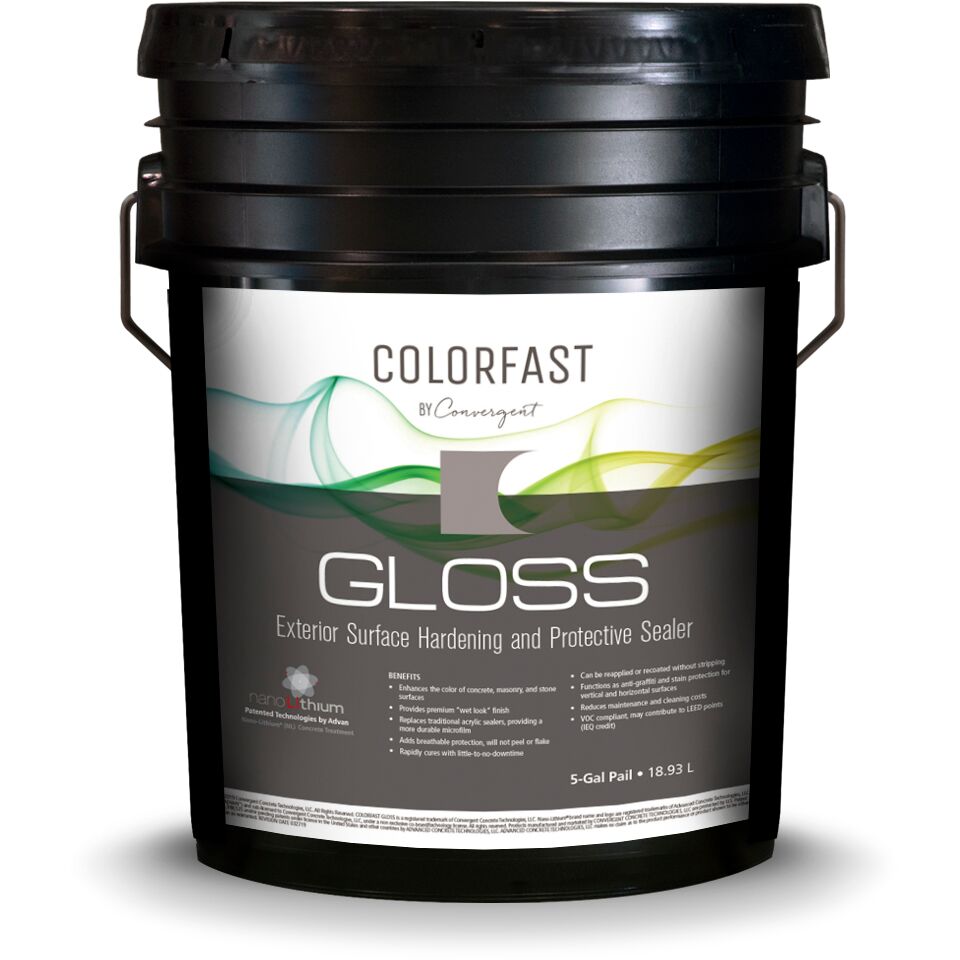



The Different Types of Concrete Treatments
People choose concrete because it's a sturdy, economical flooring material that can stand up well to heavy usage over many years—but it’s not always an inherently beautiful choice. Besides being visually abrasive, plain and exposed, untreated concrete can be vulnerable to moisture, dust and staining and can deteriorate and change texture over time. This is where concrete treatments change the game.
Concrete treatments deliver durability and visual appeal in any situation. These treatments deliver reliable protection for longevity and preservation of your investment and can be a cost-effective way to beautify concrete. You will want to choose the right treatment for your scenario—indoors or outdoors, decorative or plain—so we’ve put together this simple guide that will show you some of the different concrete treatments available.
Densifiers and Hardeners
Densifiers and hardeners are an effective way to improve the quality and performance of your concrete floor through a chemical reaction with calcium hydroxide in concrete; they also provide a critical step in the concrete polishing process. Once applied, your concrete floor is more durable under heavy use and less susceptible to the negative effects of dusting as well as abrasion, oil, and moisture.
Coatings
Applying a coating has many purposes, including visual treatment, added durability and protection. There are several types of top coat to consider for concrete floors, including acrylics, urethanes, paint and epoxy; paint and epoxy may be the most well-known.
Paint is usually applied to a clean, prepped floor. Removal of old paints and coatings is a necessary step before applying a new coating of paint. Preparing the concrete surface correctly allows for better adhesion and penetration, and grinding the surface can minimize discoloration or uneven spots. A concrete floor can be painted many different colors, and application is generally easy and cost-effective; a sealer on top of the paint provides best results, including making the floor abrasion resistant. If the floor should be damaged, making repairs is a straightforward process.
The paint choice will be largely dependent on the overall intention of the space. For example, if you want to paint your concrete garage floor, you’re likely to want a paint that’s solvent and petroleum-resistant. Companies who want to paint the concrete floor of a warehouse are more likely to choose a paint formula designed to withstand abrasion. There are even non-toxic paints available, which can be good choices for homes or businesses where children and families gather.
While some paints are chosen for color alone, others are chosen for added features like mold and mildew resistance or stain protection. Depending on the concrete floor usage — such as heavy foot traffic, motorized carts or moving machinery, for example — paint may need to be reapplied on a regular basis to maintain the desired look.
An epoxy coated floor can deliver a look that’s similar to paint but suited to very high-traffic areas. Epoxy provides durability because of the layers of primer, resin, and hardener; however, because it so completely seals a concrete surface, it can sometimes cause bubbling and alkalinity issues as vapor transmission is reduced. An epoxy may also reduce slip and fall hazards, chemical hazards, staining and even noise. Epoxy treatments can be modified for a custom look. Some epoxy treatments include quartz or aluminium oxides for increased durability. However, once damaged, repairs of epoxy-coated floors can be very difficult. An epoxy can take a long time to dry and may sometimes leave a lingering odor for a while.
Dyeing, Staining, and Acid Staining
Acid staining can deliver a natural color and tone in a variety of shades. Specialized acid treatments formulated with phosphoric acid or hydrochloric acid generate chemical reactions that leave floors with a dappled appearance. This concrete floor treatment is popular because of its UV resistance. It’s easy to apply, and once coated with sealer, homeowners and businesses enjoy many years of lasting color.
Factors that influence the final look of an acid stained concrete floor include the age and condition of the existing floor and the makeup of the mixed concrete itself. Once the initial treatment is applied, a secondary acid treatment can be used to etch a tile or other design onto the floor. This method of concrete floor treatment does require a thorough neutralizing and washing after the acid stain application before a sealant can be applied; professional application delivers the best result. The biggest perk with acid staining is the chemical reaction changes the top layer of the concrete permanently, so there’s no concern about color flaking off or wearing away unevenly. Acid staining can sometimes be a difficult process; also, the acid staining products can have a strong odor.
Dyeing a concrete floor generally involves applying a non-reactive and water or solvent-based color treatment directly onto the existing concrete floor. More color options may be available. However, the color that remains after dyeing generally has less depth than acid staining. Once the dye has dried, a sealant can be applied; no other steps are typically needed. Dyes aren’t usually recommended for exterior surfaces because of potential discoloration due to UV light.
Polishing
Refresh and renew old concrete floors as well as refine the look of freshly poured concrete floors by polishing them with diamond tooling. During the polishing process, densifiers are typically used to harden the concrete surface. After polishing, additional concrete treatments may be applied or the floor can be sealed against moisture, dust, chemicals, stains and everyday wear and tear. A polished concrete floor can deliver a quality shine that illuminates a whole room for a high end look with budget-friendly durability and longevity. For added design appeal, consider choosing polished terrazzo, where concrete is mixed with larger pieces of aggregate and polished for shine.
Polished concrete floors can be stain-resistant, chemical-resistant and slip resistant, making this treatment a smart investment for commercial sites. When well-cared for, polished concrete floors can last decades with simple, minimal maintenance.
Decorative Concrete and Overlays
Before curing, designs or patterns can be pressed or cut into concrete, which may then be treated afterward with stains or dyes for a custom look. Saw cuts in the concrete formula can create the look of pavers, a company logo or another design. Because decorative concrete only looks like pavers, it can provide greater stability. There are no actual breaks in the concrete that can shift and buckle with time. However, with age decorative concrete can still form cracks, especially when used outdoors. For best results, you may want to have your decorative concrete surfaces sealed and reapply the seal as needed to ensure ongoing protection.
An overlay adds a new layer of concrete to an existing concrete floor for decorative purposes and added durability, with varying depths depending on need and the condition of the existing layer of concrete. This makes it an effective choice for concrete restoration projects, depending on the volume of concrete to be treated. The success of an overlay has a lot to do with the quality of the surface beneath it so it’s important to have the floor properly prepped before placing the overlay. Concrete overlays generally require re-application of sealants periodically to maintain their look and performance.
Concrete Sealers
This is a common concrete treatment, and is often used in conjunction with decorative or other treatments. Some sealers form a topical film, while others penetrate into the pores of the concrete. Most concrete surfaces require routine re-sealing, especially in settings where the floor is subject to high traffic or heavy-duty usage.
Concrete Treatment Specialists in Orem, UT
Concrete treatments with Pentra products are an economical way to refresh, protect and customize the look of your concrete surfaces. Call Convergent Concrete to explore which concrete treatment will give you the look you want for maximum visual appeal and durability.
Call: (801) 375-2280
Email: info@convergentconcrete.com




